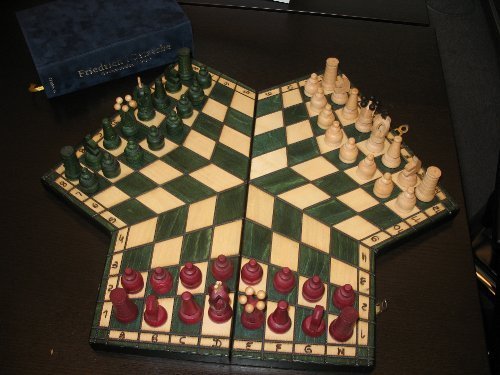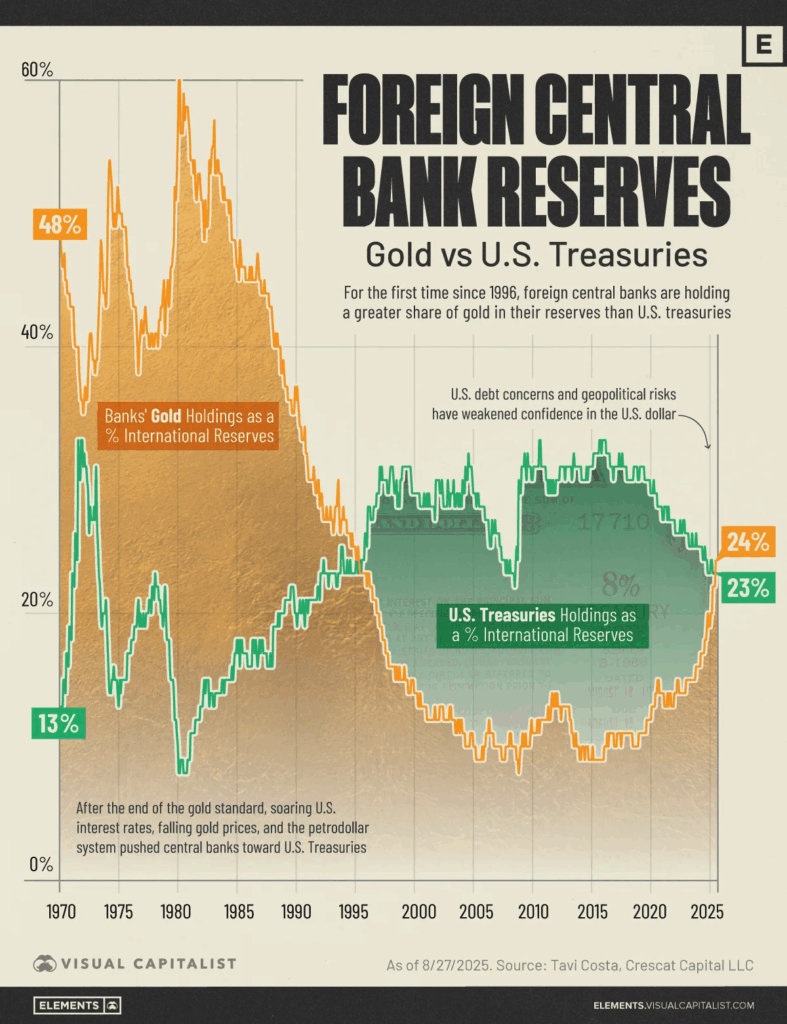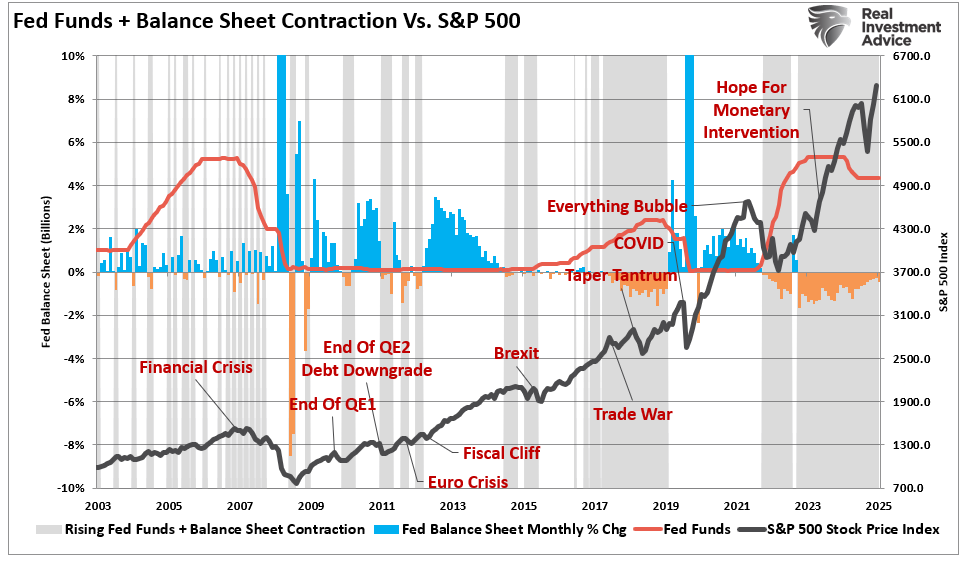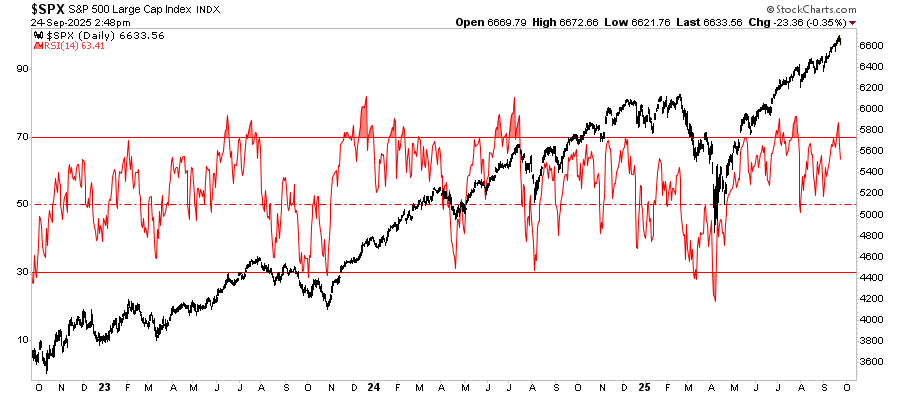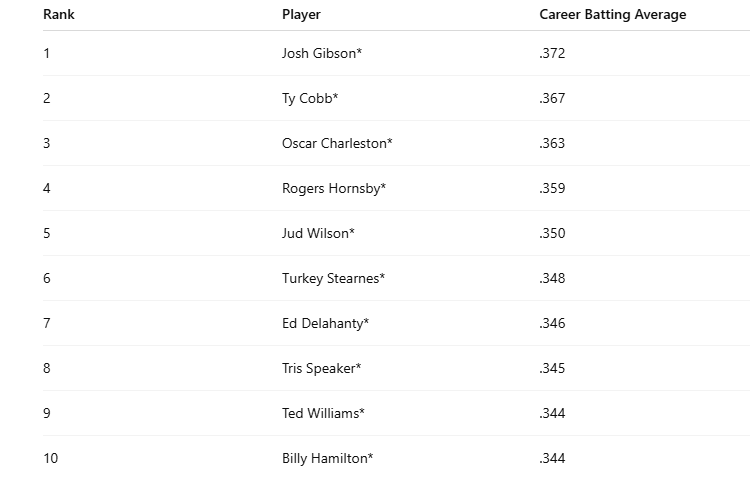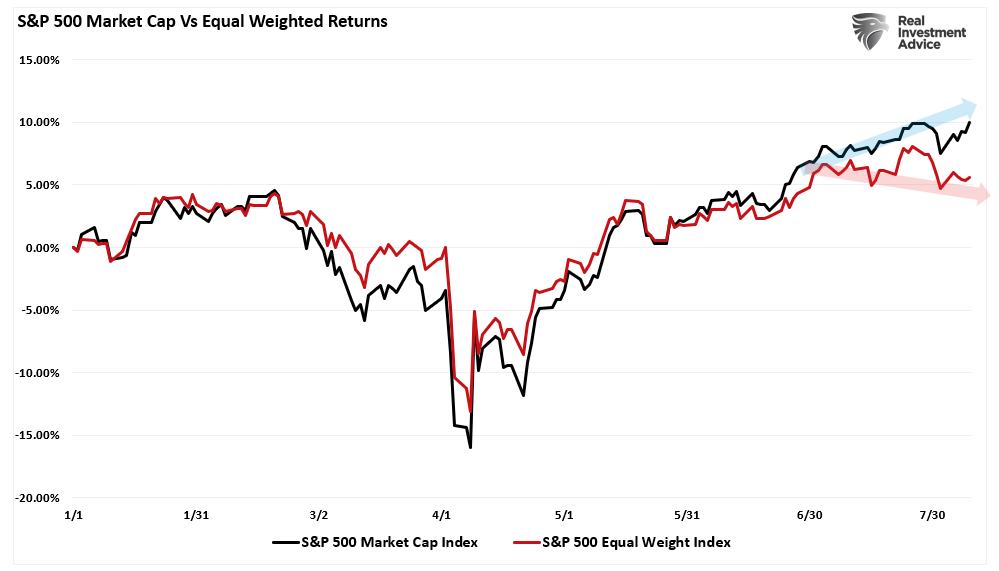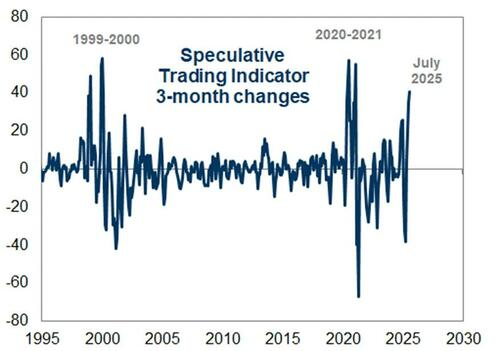Currency Positioning and Technical Analysis, week from August6
Submitted by Marc Chandler from MarctoMarkets.com
The overall technical tone of the US dollar is suspect. During the last few months, it has been trending lower against the dollar-bloc currencies, Canadian and Australian dollars and the Mexican peso. The greenback has trended higher against the euro and Swiss franc and has been range bound against sterling and the yen.
This broad pattern may be on the verge of breaking down. The dollar is on the cusp of a break out to the down side against the euro and Swiss franc. There is scope for additional modest gains in the dollar bloc, but cross rate adjustments, warn they may lag in the period ahead. Sterling and the yen may remain range-bound, with sterling testing the upper side of its range and the yen testing the lower side of its.
Moreover, despite the sharp moves in both directions in recent days, implied (3-month) volatility has actually eased across the board.This is consistent with the technical view suggested here and is aligned with our fundamental outlook. The next few weeks may be relatively quiet, forcing momentum traders and trend followers to back off and enjoy a summer holiday. September promises to be more volatile. The price action spring may coil before exploding.
However, after large moves before the weekend, follow through may be difficult to sustain at the start of the week. A modest pullback in the Monday-Tuesday time frame, may provide an opportunity to adjust positions accordingly, rather than chase the market out of the gate.
Euro:
The net short position fell about 16k contracts to 139k as of July, the smallest since early May. This was a function of short-covering. The gross shorts were cut by 14.2k contracts, though at 180.3k remain hefty.
The technical outlook is constructive. There are several elements. First, the downtrend line drawn off the May and late June highs seems to have held on the initial spike on the ECB on August 2, but the euro closed just above it the next day. Second, the 5-day moving average crossed above the 20-day moving average in recent days. Third, technical indicators like RSI and MACD are favorable. Fourth, some may “see” a potential head and shoulders bottom pattern with. Depending on how one “draws” it, the neck line could be seen near $1.2320. It would project toward $1.2600. The euro has not closed above its 50-day moving average since May Day. It comes in now near $1.2410. Given the sentiment and positioning, a convincing move above the $1.2400 area should be respected in anticipation of another 2-3 cent advance in the coming weeks.
Yen:
The net long position increased by about a quarter to 32.3k contracts. Gross longs increased (3.3k) and shorts were reduced (-3.8k). At 55.4k, the gross longs were at 5-month highs at the end of July. They have been trending higher since the end of March when they fell just below 11k contracts. While we insist that the foreign exchange market is primarily an OTC market, the rise of long speculative yen positions is the kind of thing that brings official ire.
The dollar’s shelf, as we noted last week, continued to be carved out near JPY 78. The RSI and MACD favor the dollar’s upside, but the outlook is not very inspiring. Resistance is seen near JPY79 and then JPY80. The yen may be more interesting on the crosses, where it looks poised to weaken.
Sterling:
The net short position was trimmed marginally to 1.8k contracts from just less than 3k the previous reporting week ending July 24. The net position has been below 10k contracts for six weeks. Neither bull nor bear has capitulated and both are of nearly even strength (size). The gross longs stands at 31.3k and the gross shorts stands at 33.1k.
Sterling’s $1.54-$1.58 trading range is extending into its third month. By the rule of alternation, since it most recently tested the lower end of the range, there is scope to test the upper end. The RSI is constructive, but moving averages whipsaw in the range environment.
Swiss franc:
The net short position was cut to 18.8k from 26k as the shorts were trimmed by 6.8k contracts. Longs grew by a few hundred, but at 5.4k the gross position is still at the lower end of where it has been since 2006. It has been below 5k contracts only three relatively short periods since then.
Given that the franc trades as if it were pegged against the euro, it is no surprise their charts are similarly favorable. The dollar’s uptrend line drawn off the May 1, June 20 and July 27 lows was broken on a closing and weekly basis. It came in just below CHF0.9750 on August 3. The 5- and 20-day moving averages, RSI and MACD are also consistent with a further near-term dollar decline. Technically, there is potential for CHF0.9600 initially, and possibly CHF0.9400.
Canadian dollar:
The net position swung from short 2.4k contracts to long 12.4k, which is the largest since early June. This mostly reflect a reduction of shorts from 32.1k contracts to 18.2k.
The US dollar’s downtrend against the Canadian dollar since the beginning of June was extended with the intra-day break of parity on August 3. It has been a 4.5% move. Technical indicators suggest there is potential for additional near-term dollar losses. The next objective is near CAD0.9950, but the trend appears to be tiring. This is borne out by the close, which was back above CAD1.000. The CAD1.01 area offers initial resistance. Unwinding of short euro cross positions could weigh on the Canadian dollar.
Australian dollar:
The net long position continued to grow. It rose by almost 11k contracts to 37.2k. This is the largest net long position since early May. The gross longs rose 13.1 contracts to almost 80k. To appreciate what has happened, recall that in early June, the gross long position stood at 12.1k contracts.
The Australian dollar has gone from strength to strength; extending its recovery against the US dollar by 10.6%. The weekly close above $1.0550 is favorable and follow through buying may propel a move to the next technical objective in the $1.0640-70 area. On a trade-weighted basis, according the the Bank of England measure, the Australian dollar has appreciated by 8.5%, which is tantamount to around 50 bp tightening. The pendulum of market sentiment has swung away from an RBA rate cut on August 7 and this may have fueled some of the Australian dollar’s out performance. It is vulnerable to “buy the rumor, sell the fact” trading after, but also, as we noted with the Canadian dollar, unwinding of short euro cross positions can also be a headwind.
Mexican peso:
The net long peso position slipped to 47.6k from 49.6k, the first slippage in seven weeks. The gross longs still grew by 3.6k to 69.5k. There is a similar pattern as in the peso. Speculators have been accumulating a long peso position for several weeks. In early June, the gross longs stood neat 11k contracts.
The peso’s technical outlook is favorable. The fact that the dollar did not push through the MXN13.80 area in the risk-off gyrations sparked by the ECB and the greenback’s poor close on August 3 are particularly important. A potential head and shoulder’s pattern appears to have been carved out and the weekly close was below the neck line, found by connecting the July 19 and 31 lows. It would project toward MXN12.80. A move above MXN13.35 now would undermine this technical argument.
Related Posts from Marc:,
,,
Tags: Canadian Dollar,Commitments of Traders,COT,Currency Positioning,FX Positioning,Japanese yen,Marc Chandler,Net Position,Peso,Speculative Positions,Technical Analysis










